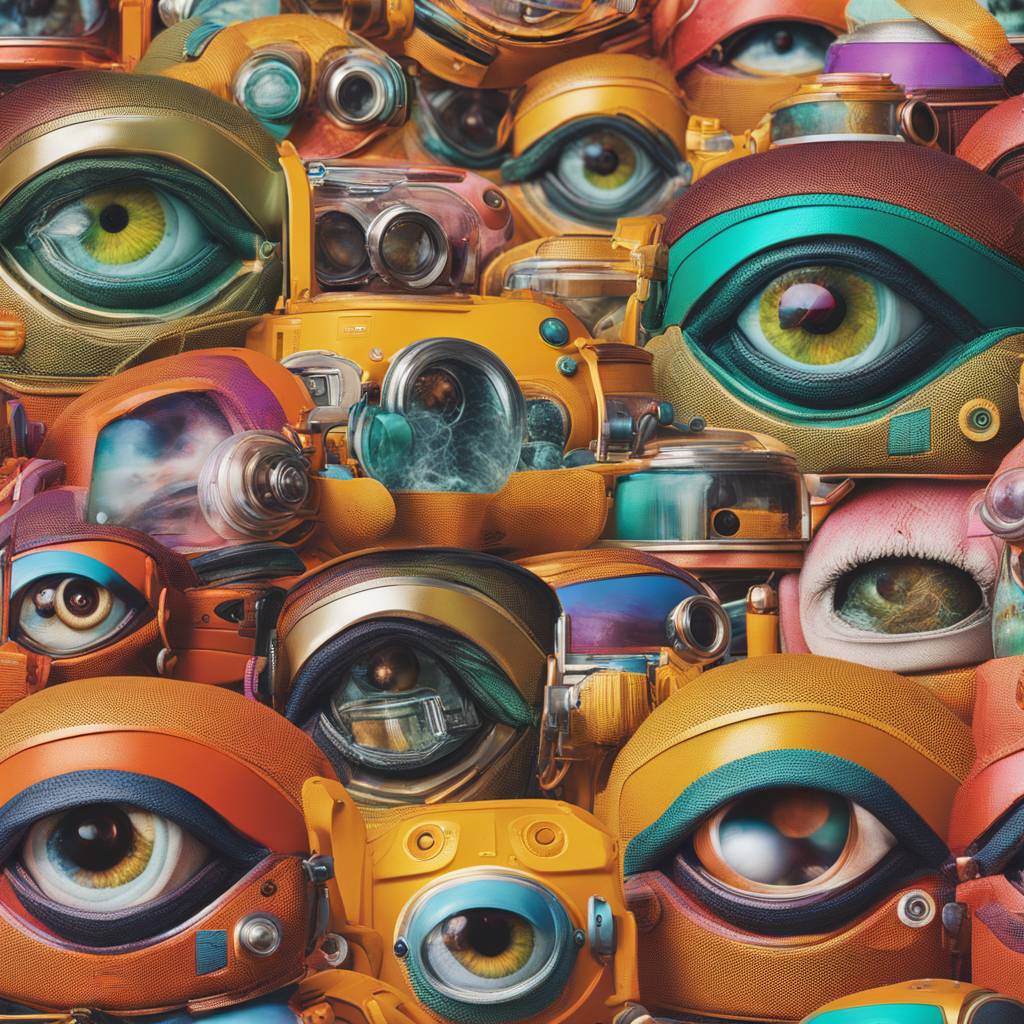ChatGPT is capable of generating useful code or summaries upon request, but it also has the potential to provide unsafe information or responses if not properly controlled. To address this issue, companies use a process called red-teaming, where teams of human testers create prompts to trigger toxic or unsafe text from models like ChatGPT. However, this method is not foolproof, as human testers may miss certain toxic prompts, leading to potentially harmful responses.
Researchers from MIT’s Improbable AI Lab and the MIT-IBM Watson AI Lab have developed a machine learning technique to enhance the red-teaming process for large language models. By training a red-team model to automatically generate diverse prompts that elicit a wide range of undesirable responses, they aim to improve the effectiveness of the testing process. This approach focuses on curiosity-driven prompts that can draw out toxic responses from the target model being tested, outperforming human testers and other machine learning methods.
The researchers’ approach leverages reinforcement learning and curiosity-driven exploration to incentivize the red-team model to generate novel prompts that trigger toxic responses from the chatbot model under test. By including rewards for both toxicity and novelty, the red-team model is encouraged to explore a broader range of prompts while maximizing its ability to detect unsafe responses. This method not only enhances the coverage of inputs during testing but is also more effective in identifying toxic responses from supposedly safe models.
The study compares the performance of the researchers’ method with other automated techniques and demonstrates its superior ability to generate diverse and toxic responses from the chatbot models. By incorporating additional rewards for curiosity and randomness in prompt generation, the red-team model can efficiently identify unsafe responses. This approach is particularly valuable given the increasing number of AI models being developed and updated, requiring scalable and effective methods for model verification.
Future research aims to expand the red-team model’s ability to generate prompts across a broader range of topics and explore using large language models as toxicity classifiers. By training these models on specific policy documents, companies can ensure that AI models comply with organizational guidelines and standards. The researchers emphasize that curiosity-driven red-teaming could be a critical component of verifying the behavior of new AI models before public release, ensuring a safer and more trustworthy AI future.
Funded by various organizations, including Hyundai Motor Company, Quanta Computer Inc., and government agencies like the U.S. Army Research Office and the Defense Advanced Research Projects Agency, this research highlights the importance of proactive safety measures in the development and deployment of AI models. Curiosity-driven red-teaming offers a scalable and efficient solution to verify the behavior of AI systems, mitigating potential risks associated with unsafe responses.


